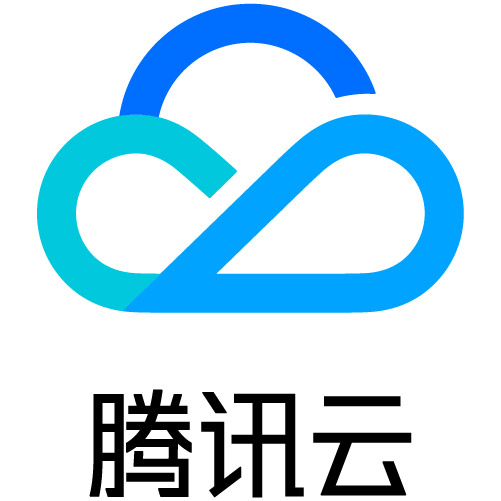前后端实时数据通信
这个例子中,前端使用WebSocket与后端建立实时通信,发送需要转换的数据,并接收转换后的数据。实际应用中,你可能需要处理连接断开和重连的逻辑,以及错误处理等。以下是一个简单的例子,假设后端提供了一个接口来转换某种数据格式,前端使用JavaScript和WebSocket实现实时数据转换。前端实时展示转换后数据。后端提供数据转换接口。
·
实现前后端实时数据转换通常涉及到以下几个步骤:
-
后端提供数据转换接口。
-
前端实时数据获取。
-
前端实时数据转换。
-
前端实时展示转换后数据。
以下是一个简单的例子,假设后端提供了一个接口来转换某种数据格式,前端使用JavaScript和WebSocket实现实时数据转换。
后端接口(Python示例使用Flask):
from flask import Flask, request, jsonify
app = Flask(__name__)
@app.route('/convert_data', methods=['POST'])
def convert_data():
# 获取数据并转换
data = request.json['data']
# 假设这里有数据转换逻辑
converted_data = perform_data_conversion(data)
return jsonify({'converted_data': converted_data})
def perform_data_conversion(data):
# 转换逻辑
return data # 假设是转换数据,实际应用中会有更复杂的逻辑
if __name__ == '__main__':
app.run(debug=True)前端实现(JavaScript使用WebSocket):
// 假设WebSocket服务地址为 'ws://localhost:5000/convert_data'
const socket = new WebSocket('ws://localhost:5000/convert_data');
// 收到服务器发送的消息时触发
socket.onmessage = function(event) {
const response = JSON.parse(event.data);
// 处理转换后的数据
console.log(response.converted_data);
};
// 发送需要转换的数据
socket.onopen = function() {
socket.send(JSON.stringify({ data: "Some data to convert" }));
};简单前端使用WebSocket与后端建立实时通信,发送需要转换的数据,并接收转换后的数据。实际应用中,你可能需要处理连接断开和重连的逻辑,以及错误处理等。
1具体实现添加依赖到你的pom.xml
<dependency>
<groupId>org.springframework.boot</groupId>
<artifactId>spring-boot-starter-websocket</artifactId>
</dependency>2配置WebSocket:
import org.springframework.context.annotation.Configuration;
import org.springframework.messaging.simp.config.MessageBrokerRegistry;
import org.springframework.web.socket.config.annotation.EnableWebSocketMessageBroker;
import org.springframework.web.socket.config.annotation.StompEndpointRegistry;
import org.springframework.web.socket.config.annotation.WebSocketMessageBrokerConfigurer;
@Configuration
@EnableWebSocketMessageBroker
public class WebSocketConfig implements WebSocketMessageBrokerConfigurer {
@Override
public void registerStompEndpoints(StompEndpointRegistry registry) {
registry.addEndpoint("/ws").withSockJS();
}
@Override
public void configureMessageBroker(MessageBrokerRegistry registry) {
registry.enableSimpleBroker("/topic");
registry.setApplicationDestinationPrefixes("/app");
}
}3创建WebSocket控制器:
import org.springframework.messaging.handler.annotation.MessageMapping;
import org.springframework.messaging.handler.annotation.SendTo;
import org.springframework.stereotype.Controller;
@Controller
public class WebSocketController {
@MessageMapping("/convertData")
@SendTo("/topic/convertedData")
public String convertData(String data) {
// 这里实现数据转换逻辑
String convertedData = convertDataLogic(data);
return convertedData;
}
private String convertDataLogic(String data) {
// 转换逻辑
return "Converted " + data;
}
}4前端使用WebSocket:
const socket = new WebSocket('ws://' + window.location.host + '/ws');
socket.onopen = function(event) {
console.log('WebSocket connected');
};
socket.onmessage = function(event) {
console.log('Received message: ' + event.data);
};
function sendData() {
const data = document.getElementById('data-to-send').value;
socket.send(JSON.stringify({
destination: '/app/convertData',
content: data
}));
}5确保前端订阅了转换后数据的topic
socket.send(JSON.stringify({
destination: '/user/queue/convertedData',
disconnectDelay: 5000
}));前端发送一个消息到/app/convertData,后端的WebSocketController接收这个消息,执行数据转换逻辑,并通过@SendTo注解发送转换后的数据到/topic/convertedData。前端订阅了这个topic,以便接收实时转换后的数据。
更多推荐
 已为社区贡献1条内容
已为社区贡献1条内容









所有评论(0)